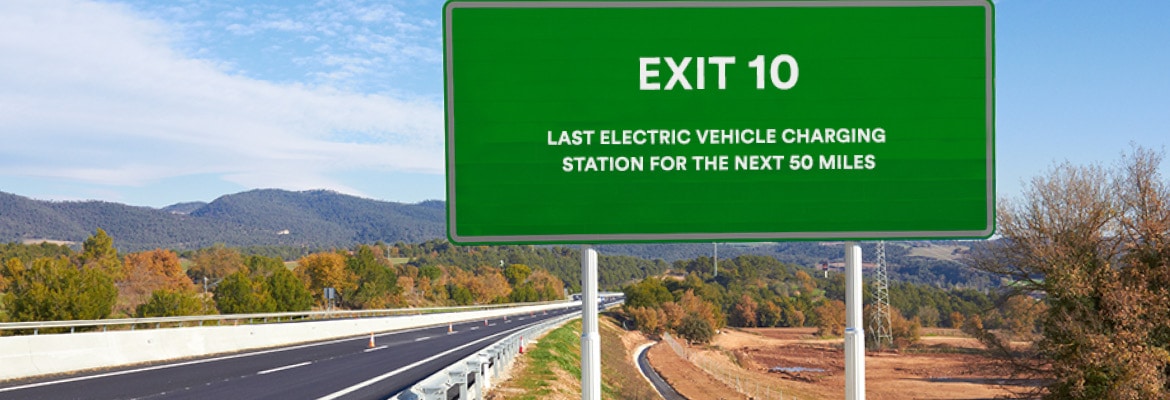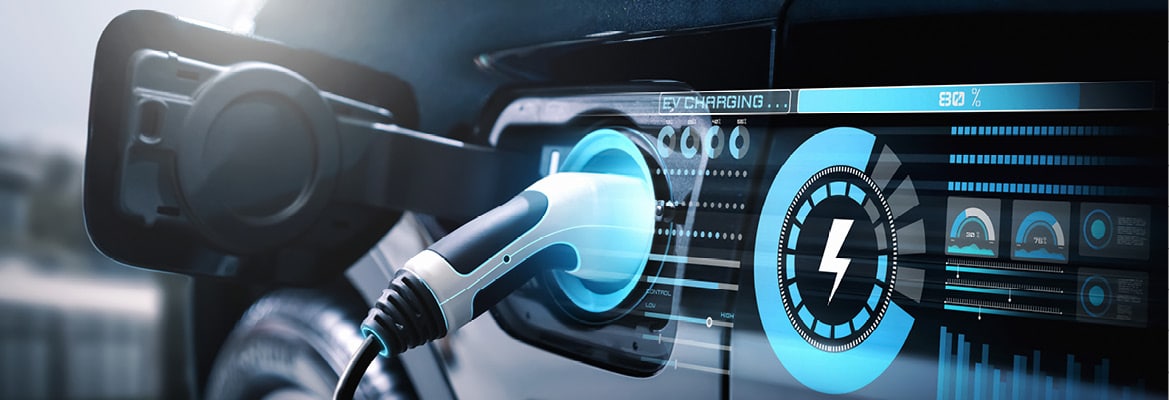Author(s)
As the world steadily shifts towards clean energy, electric vehicles have emerged as a sustainable alternative to traditional fuel-powered cars. However, the adoption of EVs heavily relies on the availability of charging infrastructure, which is often overlooked in rural areas. As it stands, rural America has adopted EVs at a 40% slower rate than their urban counterparts.
Understanding electric vehicles and charging stations
Electric vehicles are powered by one or more electric motors, using energy stored in rechargeable batteries. The types of EVs available in the market can broadly be classified into Battery Electric Vehicles (BEVs) and Plug-in Hybrid Electric Vehicles (PHEVs). BEVs are fully electric, while PHEVs combine a gasoline or diesel engine with an electric motor and a large rechargeable battery.
Charging stations are categorized into three levels: Level 1, Level 2 and Level 3 or Direct Current Fast Charging (DCFC). Level 1 chargers use a 120-volt AC plug and don’t require any additional installation if there are standard electrical outlets available. Level 2 chargers utilize a 240-volt AC plug and typically need a professionally installed charging station. DCFC units are the fastest method to charge an EV but require specialized, high-power equipment.
Sparse population
The drive towards electric vehicles is undeniable, yet the financial practicality of installing EV charging stations in less populated regions continues to be a significant challenge. The limited adoption of EVs in these areas raises concerns about the expenses associated with the installation and upkeep of EV charging stations. With a smaller number of EV users, there may not be enough usage to balance out the upfront costs. In addition, the lack of a robust electrical grid infrastructure in some rural areas can further complicate the installation process, adding to the overall cost.
Key challenges facing EV charging in rural areas
From infrastructure to utility upgrades, various factors play a pivotal role in shaping EV charging in these less densely populated regions. We will explore each of these components in detail, shedding light on the obstacles that stand in the way.
Infrastructure
The U.S. currently has over 160,000 EV chargers, but the rapid growth of EVs by 2030 will require an additional 700,000 Level 2 chargers and 70,000 Level 3 chargers to be installed. However, like in major cities, there is a lack of EV charging infrastructure in rural America. This, compounded by the fact that these residents often need to travel longer distances, increases the need for accessible and convenient electric vehicle charging stations. Areas lacking public EV chargers called “charging deserts,” have resulted in a lower rate of EV adoption, according to the Environmental and Energy Study Institute.
Coupled with charging deserts is “range anxiety,” a significant concern for many drivers in rural locations. This fear is based on the fact that an EV may not have enough battery power to reach its destination.
Utility upgrades
To accommodate infrastructure development, utility upgrades are essential in these regions. By improving the electrical grid and increasing the availability of high-speed charging stations, rural communities can better support the transition to electric mobility. These upgrades not only enable more people to own and operate EVs but also stimulate local economies by attracting EV-related businesses and tourists who drive EVs.
With advancements in technology, the development of fast-charging stations that can power up an EV in minutes rather than hours is increasing. Similarly, smart grid technology can help manage the demand for electricity and prevent overloading the rural power infrastructure.
Moving forward
As EV adoption continues to increase in urban areas, some government funding is supporting infrastructure developments in rural America. For example, the bipartisan infrastructure bill allocates $7.5 billion for EV charging stations, with priority funding earmarked specifically for rural areas.
Moreover, the United States Department of Agriculture (USDA) offers grants and loans for EV charging infrastructure development in these communities. In fact, the Biden-Harris Administration recently opened applications for a new multi-billion-dollar program to further fund EV infrastructure in addition to the $1.25 billion in new federal funding that has been set aside specifically for rural areas.
Future of EV technology in rural infrastructure development
The future of EVs holds immense potential for rural infrastructure development. Battery technology is continually improving, with advancements leading to longer ranges and shorter charging times. This could reduce the need for frequent charging, making EVs more feasible in rural areas with limited charging infrastructure.
While there are challenges to developing EV charging infrastructure in rural areas, they’re not insurmountable. With technological advancements, strategic planning and a bit of ingenuity, we can ensure that the benefits of electric vehicles are accessible to all, regardless of where they live.

About Montway Auto Transport
Montway Auto Transport is one of the nation’s leading auto transport brokers with over 15 years of experience. Our extensive carrier network of over 15,000 has the capability to ship EVs across the state or nationwide. Contact us today at 888-998-4161 or visit our website to learn more about our logistics solutions.








